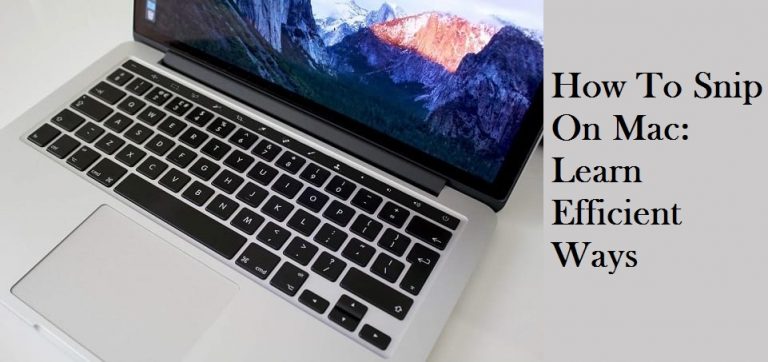

MacOS' Markup capabilities are built into the Screenshot app. Switch Floating thumbnail off in the Options menu when you are taking quick screenshots. Step 3: The Floating Thumbnail option is enabled by default, but when taking multiple screenshots in a row, the thumbnail might be captured in some of the images since it appears on-screen.

If you want to see the mouse pointer arrow in the screenshot, enable Show mouse pointer in the Options menu. You can also pick a different default save location for your screenshots or send screenshots to another app like Mail or Messages. Step 2: If something needs to be set up, such as a menu opened to show its contents in the screenshot, select the 5 seconds or 10 seconds delay from the Options menu. The Screenshot toolbar won't be included in the capture. Step 1: Choose one of the screenshot buttons, then Capture to grab a save of what's on the screen. In the next section, full- and partial-screen recording buttons appear, followed by an Options menu. At the far left is full-screen capture, then window and partial-screen capture. The Screenshot app looks like a floating toolbar near the bottom of the screen with buttons that look like the type of screenshot that they capture. If you think you'll use the Screenshot app frequently, you can keep it in the Dock by right-clicking the app icon and selecting Keep in dock from the Options menu. Next, open the Utilities folder, scroll down to find the Screenshot app, and open it. Step 3: Open the Finder by choosing the smiling, blue face icon at the bottom-left of the Dock, then select Applications from the left sidebar. If you see Screenshot lower in the results, that will start a web search for "screenshot" as a search term, so make sure to choose a result near the top. Select Screenshot from the top section of the search results to open the app. Begin typing "Screenshot," and the app will soon appear in the results. Step 2: You can also hold Command + Spacebar to start a Spotlight Search. Step 1: Open your Mac's Launchpad and scroll through or type in the search box at the top to locate the Screenshot app, then double-click to open it. There are three ways (shown as steps 1 to 3 below) to find the Screenshot app. The app also lets you take screenshots after a five-second or 10-second delay, allowing you time to open a menu or do some other setup that might not be possible with the keyboard shortcut before capturing an image on your display. That's why Apple also includes a Screenshot app, and it gives you even more control over screenshots. Keyboard shortcuts work well for programmers, but a point-and-click user interface is easy for everyone to use. Another Touch Bar exclusive is taking a screenshot of the Touch Bar display, which can be done by hitting Shift + Command + 6.
SNIP ON MACBOOK PRO
Note that if you have a MacBook Pro with a Touch Bar, these options appear on the OLED strip. If you don’t want the shadow, press and hold the Option key (or Alt) as you click to save the image. The image you save consists of the window and its shadow against a transparent background (PNG).
SNIP ON MACBOOK WINDOWS
This method doesn’t just capture windows - you can save the desktop, the menu bar, the dock, or even an open menu by itself. Click on the window you want to capture, and the image saves to your desktop. Step 3: Any window you hover over is highlighted with a light blue overlay. Step 1: Press the Command + Shift + 4 keys simultaneously so that your pointer becomes a crosshair. When you let go of the mouse button, the screenshot saves to your desktop. With your pointer now turned into a crosshair, click and drag to draw a box around the region you want captured. Press the Command + Shift + 4 keys simultaneously. Press the Command + Shift + 3 keys simultaneously for an instant capture of your desktop.Ī screenshot preview appears in the bottom-right corner of your screen, giving you quick access to editing tools. By default, Apple's methods save your screenshot to the desktop, but if you want to copy the screenshot to the clipboard, there's a keyboard shortcut you can use instead. MacOS keyboard shortcuts are the quickest ways to take screenshots, whether you're capturing the entire screen or just a portion. Here’s everything you could ever want to know about taking a screenshot on your Mac. There are plenty of options and customizations. Thankfully, MacOS has plenty of keyboard shortcuts and a couple of apps that allow you to get the shot you need just as easily.


 0 kommentar(er)
0 kommentar(er)
